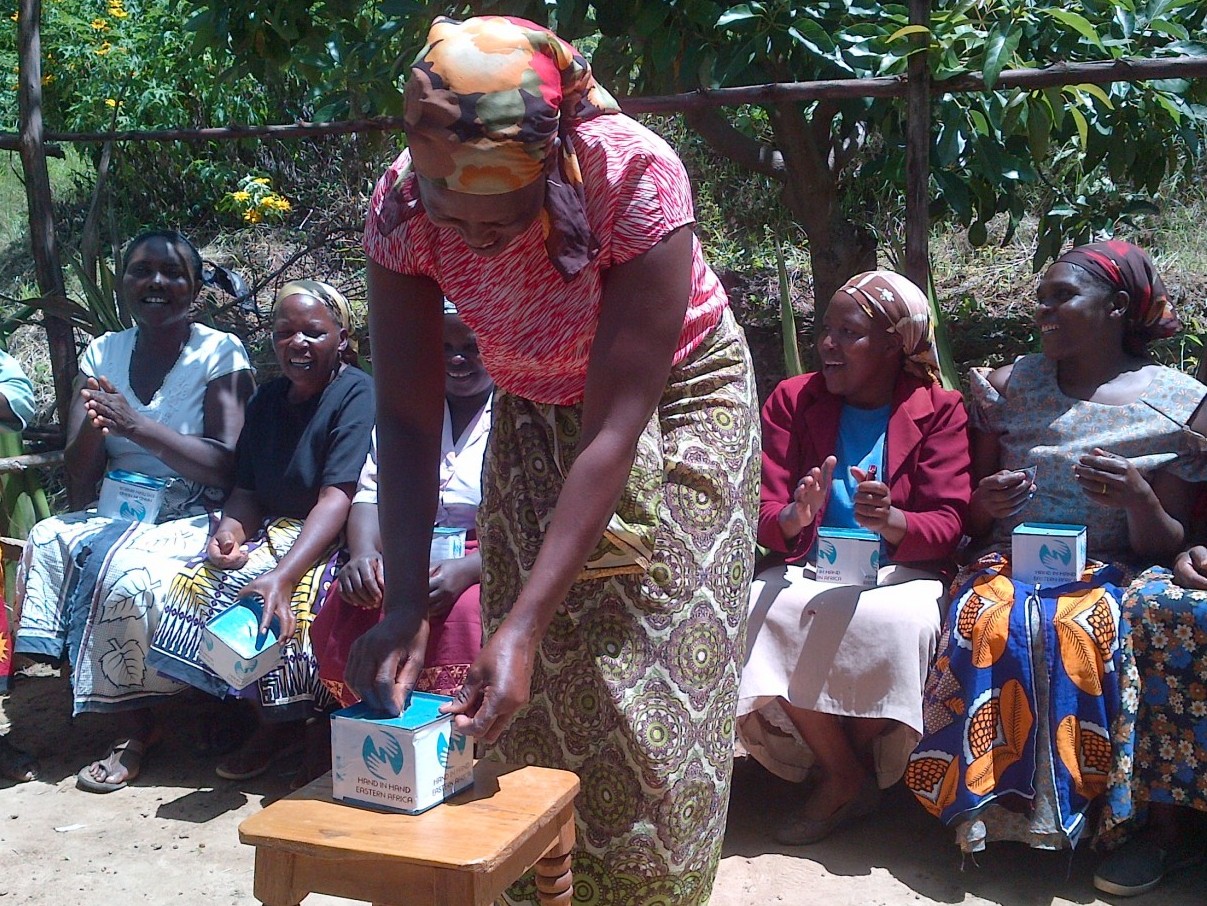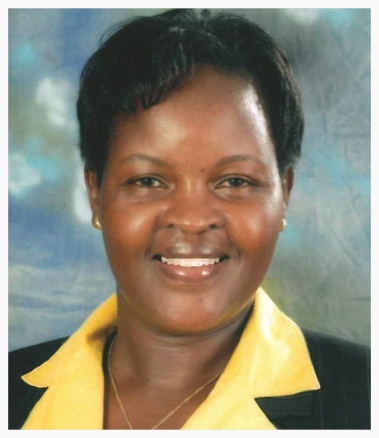Saving is not a luxury
31 Oct 2013

Hand in Hand Eastern Africa’s CEO, Pauline Ngari: Why saving is the first step on the ladder out of poverty
When World Savings Day was first launched in 1924 the aim was to encourage people to put their savings in a formal bank account rather than ‘under the mattress’ so that they could manage and save their money efficiently.
Today, as we celebrate the 79th World Savings Day, half the world’s population, some 2.5 billion adults, still do not have a bank account. Most of those people live in poor, rural areas in developing countries. For instance, here in my native Kenya, just 42 percent of the population has a bank account – compared to 97 percent in the UK.

Pauline Ngari | CEO | Hand In Hand Eastern Africa
Why should this matter? If you are unbanked, it is that much harder to manage your money and that means you are not saving. In the absence of insurance and formal social safety mechanisms, savings are what see families through economic hardship. As they often cannot access formal credit, savings also provide the poor seed capital to start a business or the finance to expand one.
However, if you are poor, living at the margins of society and excluded from financial institutions, can you really save? Do you have any ‘spare’ money? And if you do, can you save enough to make a difference?
We often assume the answer is ‘No’, but I speak from personal experience when I say that the answer to these questions is emphatically ‘Yes’.
I was born into a poor farming family in central Kenya. After school I helped to manage the family household as my mother tried to run a village shop. When my mother’s shop failed, life became much harder for us all.
However, that failure is exactly why I set up Hand in Hand’s operations in Kenya in 2010. My mother had an entrepreneurial spirit but she lacked any form of business training. At Hand in Hand , we have developed a business creation model to enable people to start and run their own enterprise, increase their income and climb out of poverty.
And we know it works; globally, some 1.5 million people living in poverty in Asia and sub-Saharan Africa have – with our support – saved enough to set up and run over one million businesses.
First we create community groups, mainly women, who support each other, save together and learn together. Members learn to manage money – how to save as well as how to borrow and repay a loan. Here in Kenya – where the national saving rate is only half of the average for all low-income countries – we are running savings campaigns during which our members manage to save an average of 3,500 Kenyan Shillings over six months – a significant achievement when 62 percent of them support entire families on less than KES 5,000 per month (US $60).
Then we train the group members to discover and develop small businesses that make use of their skills and potential.
Next, if needed, we provide access to microloans and finance. Such is the success of our business creation model and the support across the group that 99 percent of these microloans are paid back.
Finally we help turn our members’ ideas into a larger commercial reality, take them to market and achieve sustainable growth, which in turn benefits their families and communities.
Take Philomena Nduku Mutuku, a 67-year-old shop-owner who used to earn just KES 500 (US $6) a week fetching water from the local well for her wealthier neighbours: “I did not go to school, but I am a fast learner: thanks to the Hand in Hand training, I can now control what I spend. So, I would estimate what I really needed every week and challenge myself to save the rest”.
Encouraged to save just a little each week, Philomena eventually had enough to invest in the necessary stock for a small shop – the only one in a 15km radius from her village.
As a direct result of saving, Philomena has moved on from carrying water to become an independent businesswoman who today earns some KES 1,000 (US $12) a day.
And that is the power of saving.
Originally published on Pauline Ngari’s Huffington Post blog
